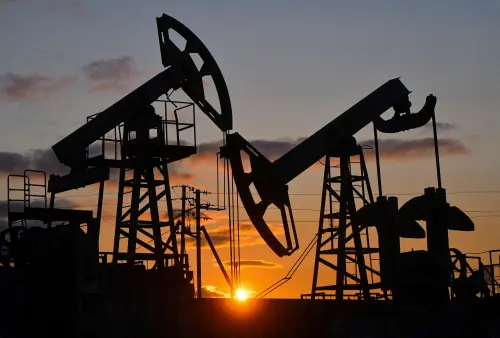In Launceston, Australia, on February 13th, Asia's crude oil markets are swiftly adapting to new sanctions against Russia, absorbing available cargoes and seeking alternative sources for future deliveries.
According to data from LSEG Oil Research, Asia, being the top oil-importing continent, is expected to receive approximately 3.23 million barrels per day (bpd) of Russian crude in February, a slight decrease of 7.4% from January's 3.49 million bpd. Notably, India is increasing its purchases while China is reducing theirs.
In Asia, India and China are the primary buyers of Russia's seaborne crude, with Myanmar also importing small volumes. LSEG anticipates that India's Russian oil imports will reach a three-month peak of at least 1.71 million bpd, potentially rising further by the end of February.
Since European customers were cut off due to Western sanctions, India has become the leading purchaser of Russian crude. Recent U.S. sanctions targeted Russia's fleet to hinder oil delivery, compelling Indian refiners to rush their purchases before the restrictions took effect, leading to a surge in February imports with an expected decline in March.
Conversely, Chinese refiners swiftly reduced Russian crude imports, with anticipated seaborne imports for February dropping to about 500,000 bpd from the previous three-month average of 1.05 million bpd.
China, the world's largest crude importer, is foreseen to maintain a similar total arrival volume in February compared to January, offsetting the decrease in Russian crude by increasing imports from Angola and Brazil.
Projections suggest a significant rise in Asia's imports of Angolan and Brazilian oil in February. Looking ahead, China's tariffs on U.S. crude imports, implemented as part of ongoing trade disputes, are expected to lead to a temporary increase in U.S. crude imports before a decline post-May.
The complexities of the evolving oil market dynamics in Asia imply potential shifts in import patterns between countries such as China and India as they adapt to geopolitical and trade-related changes.
(Note: This text is based on the information provided by a Reuters columnist.)
